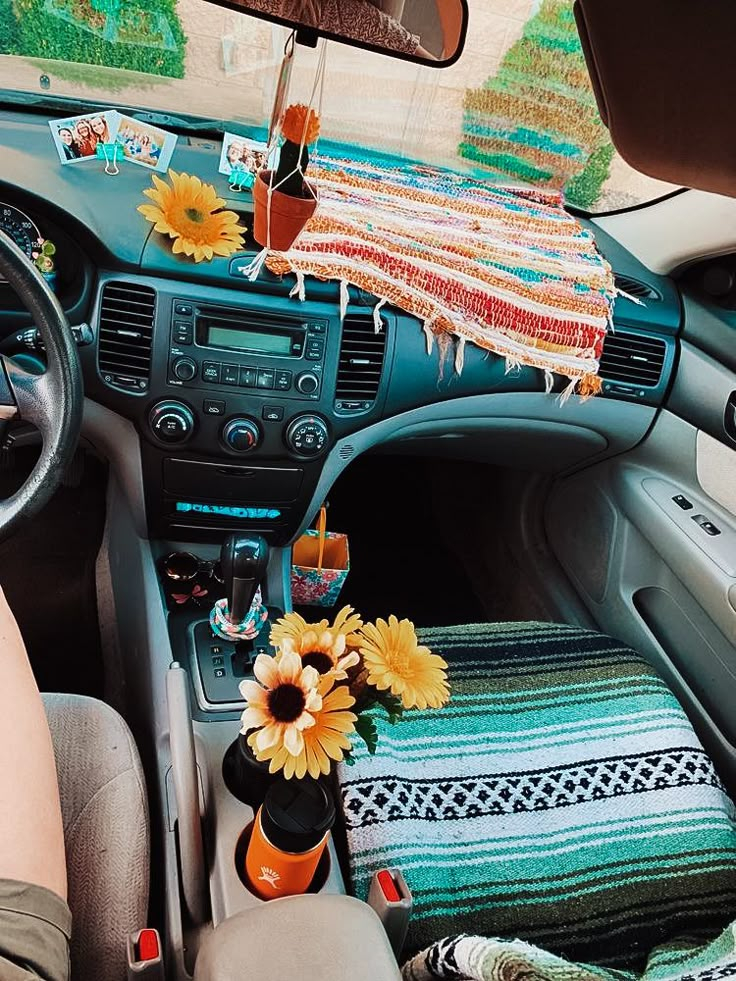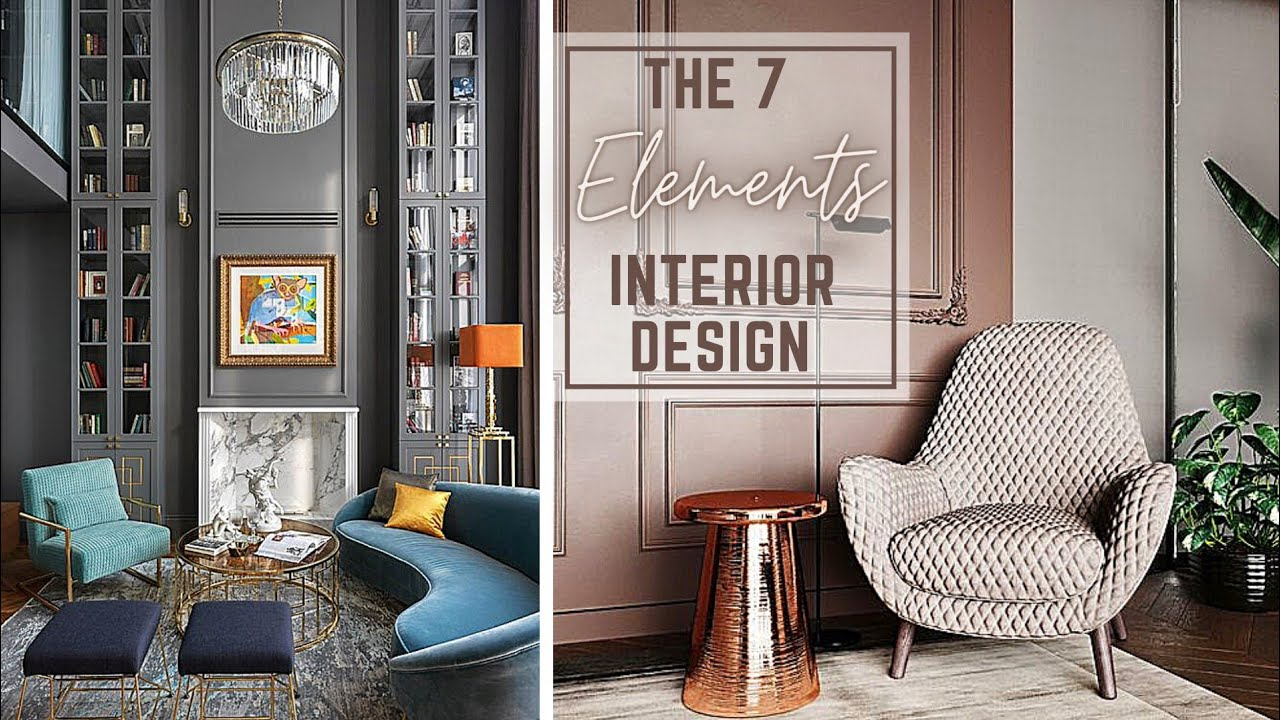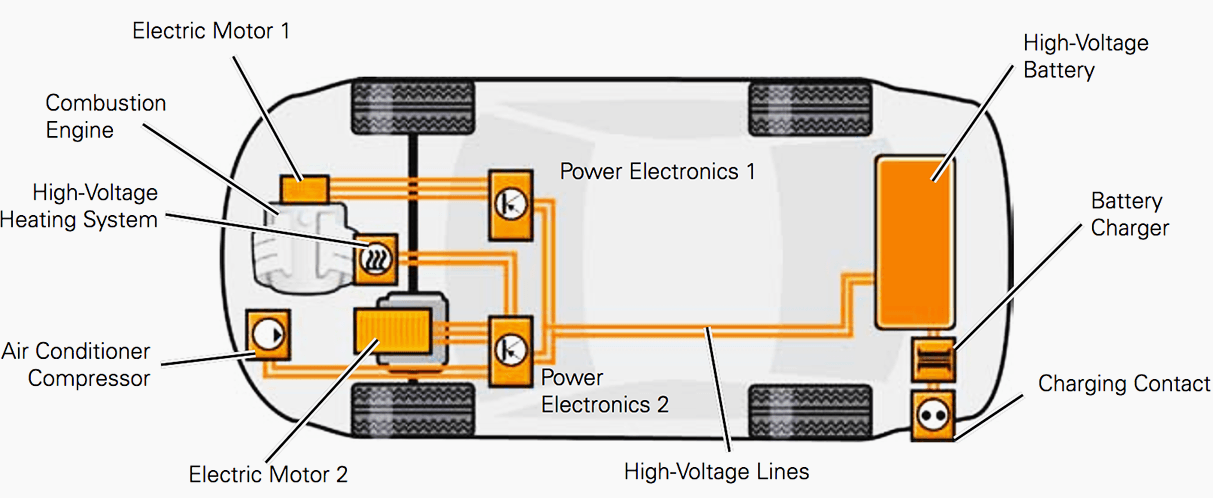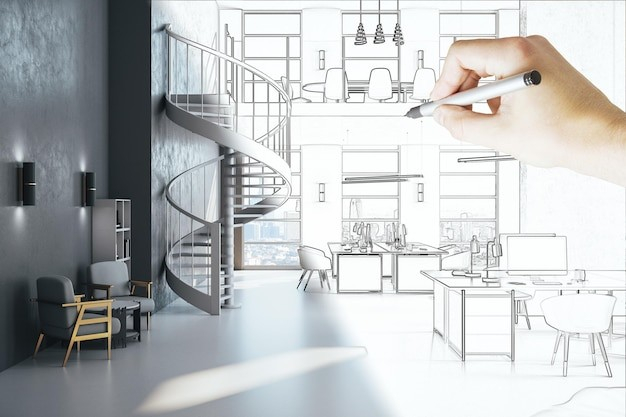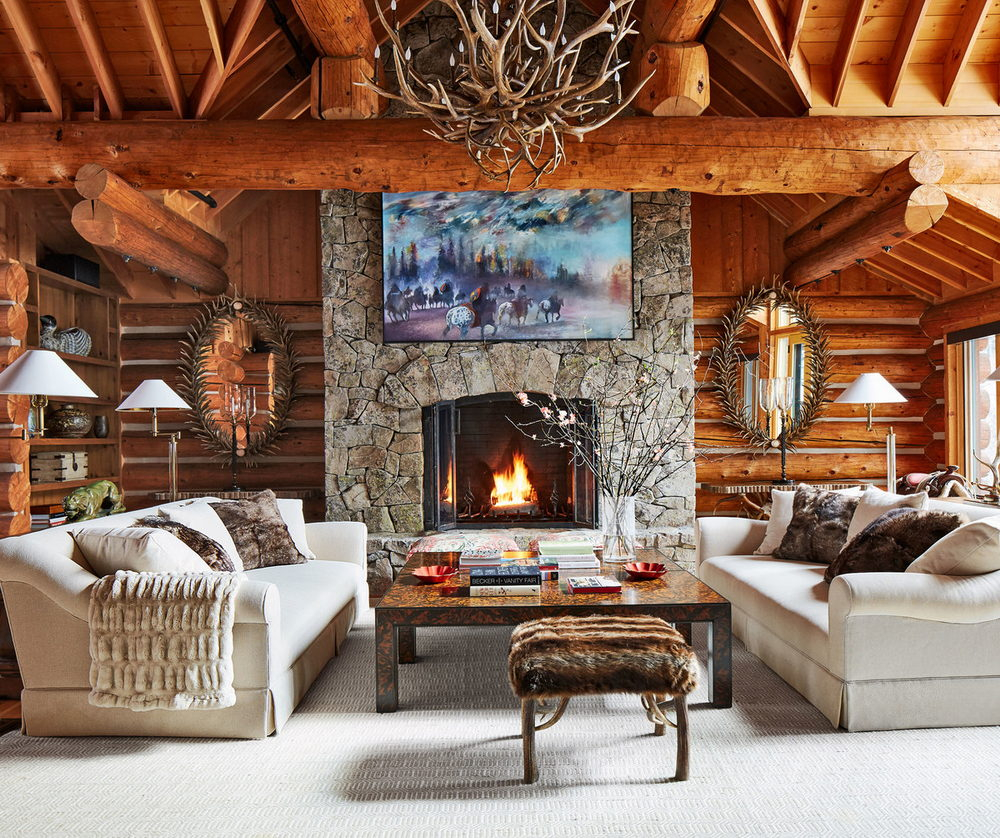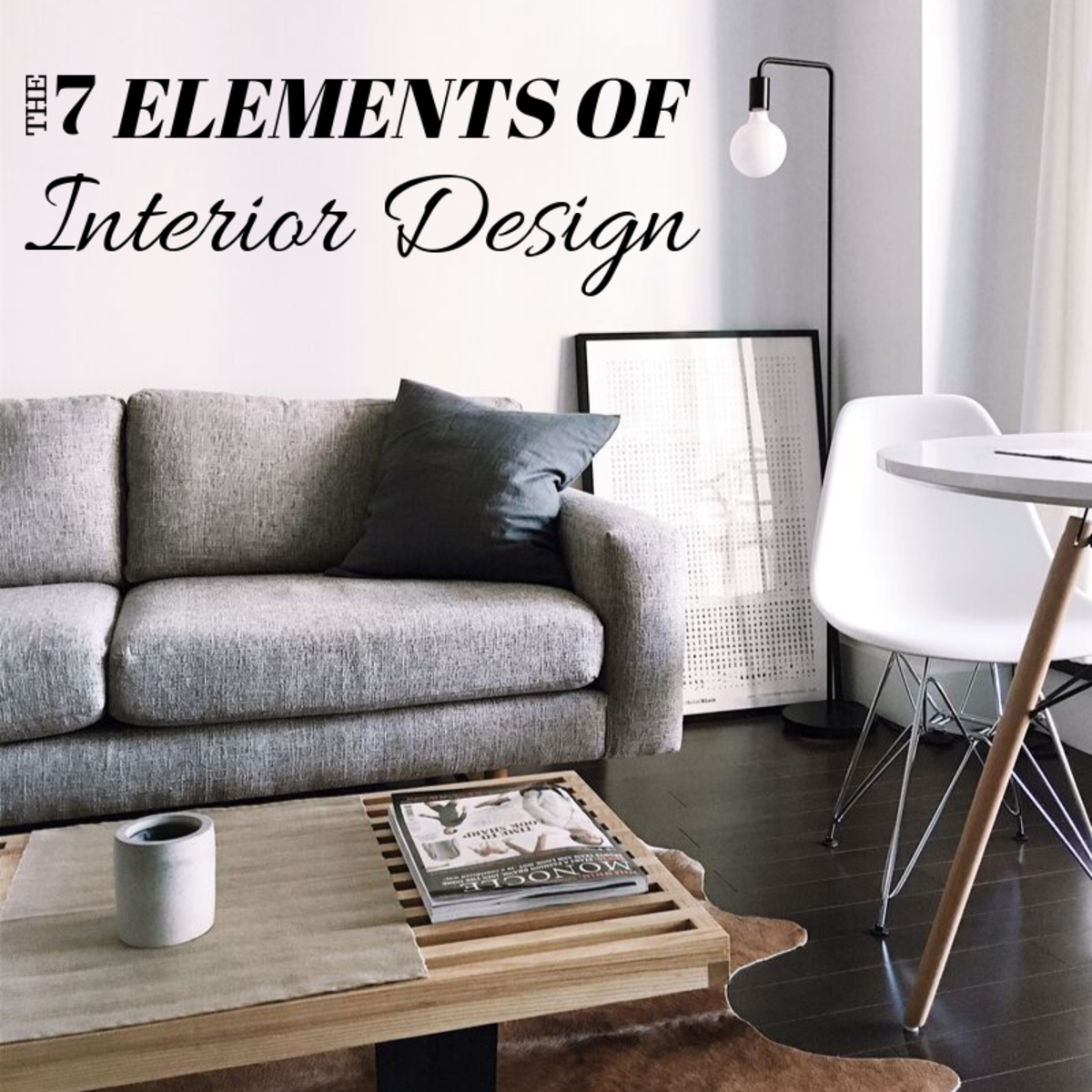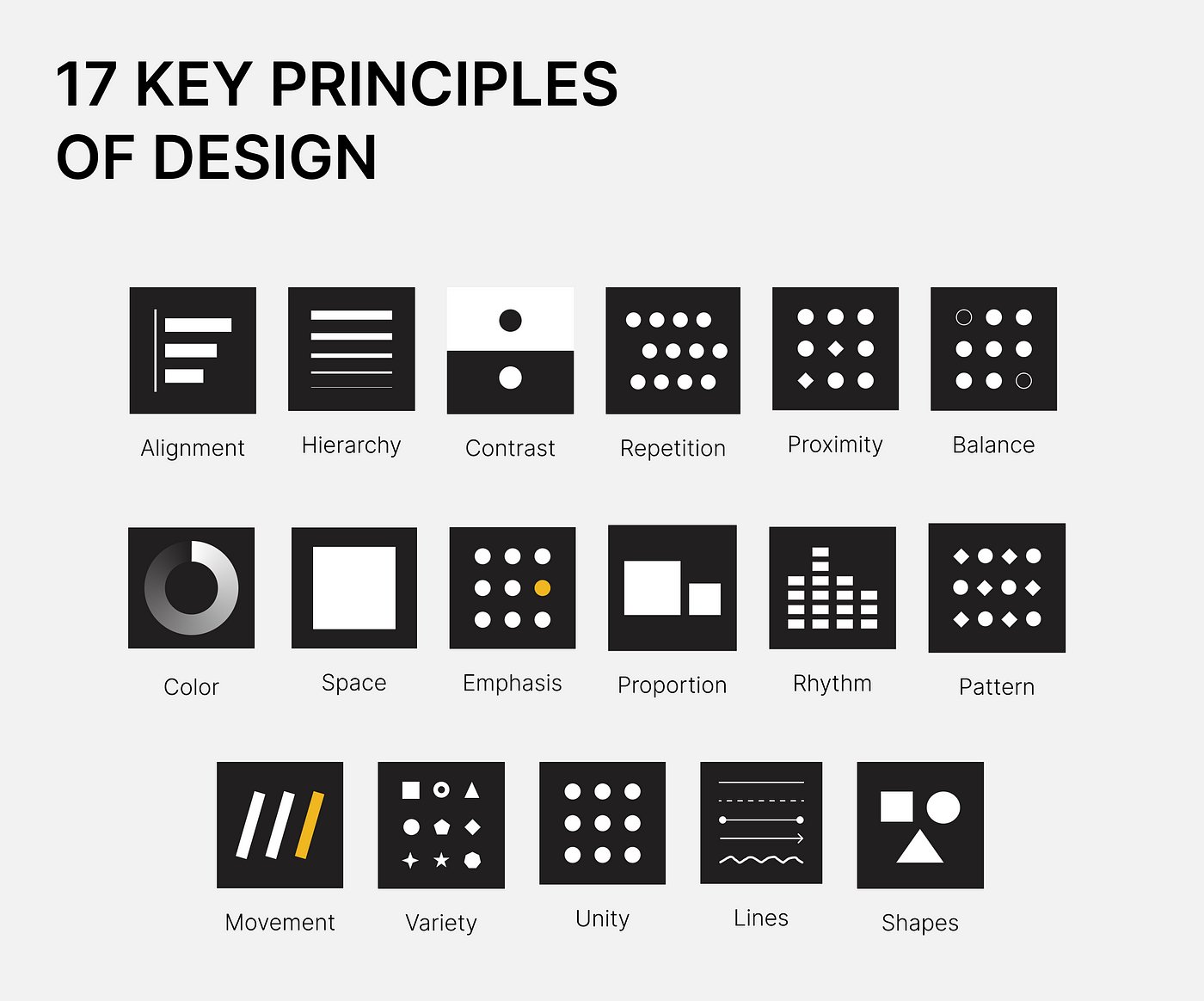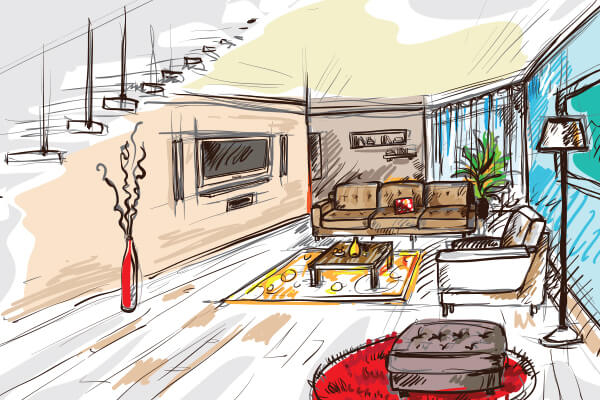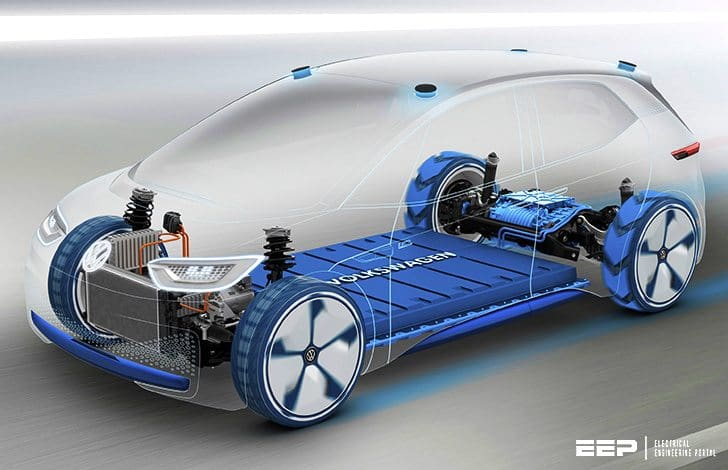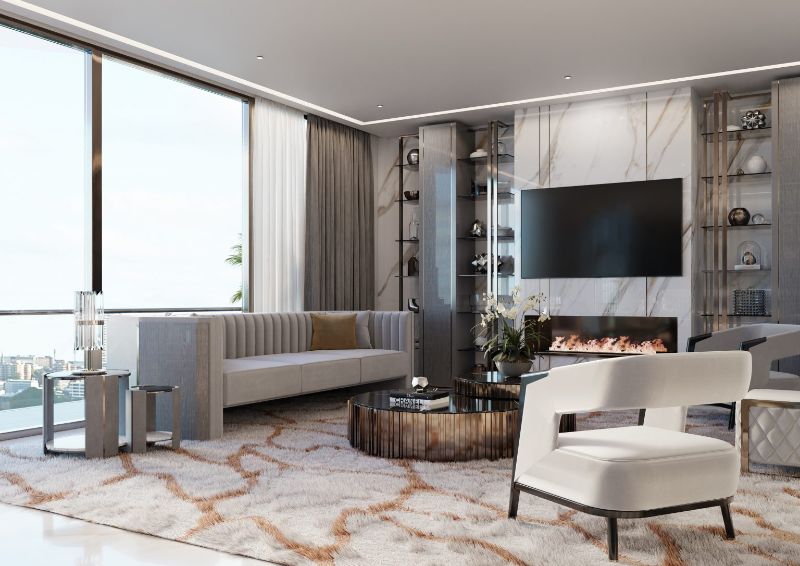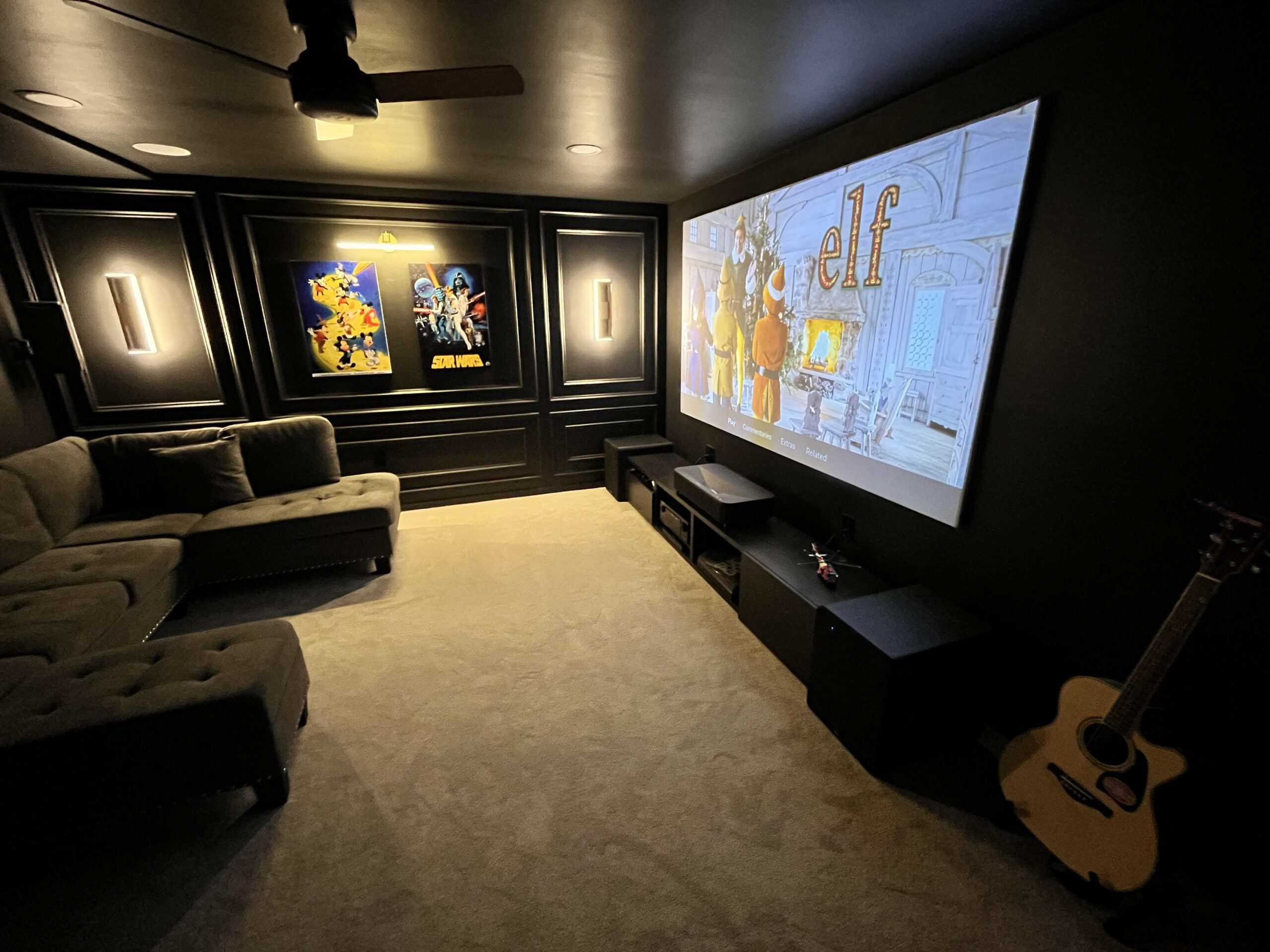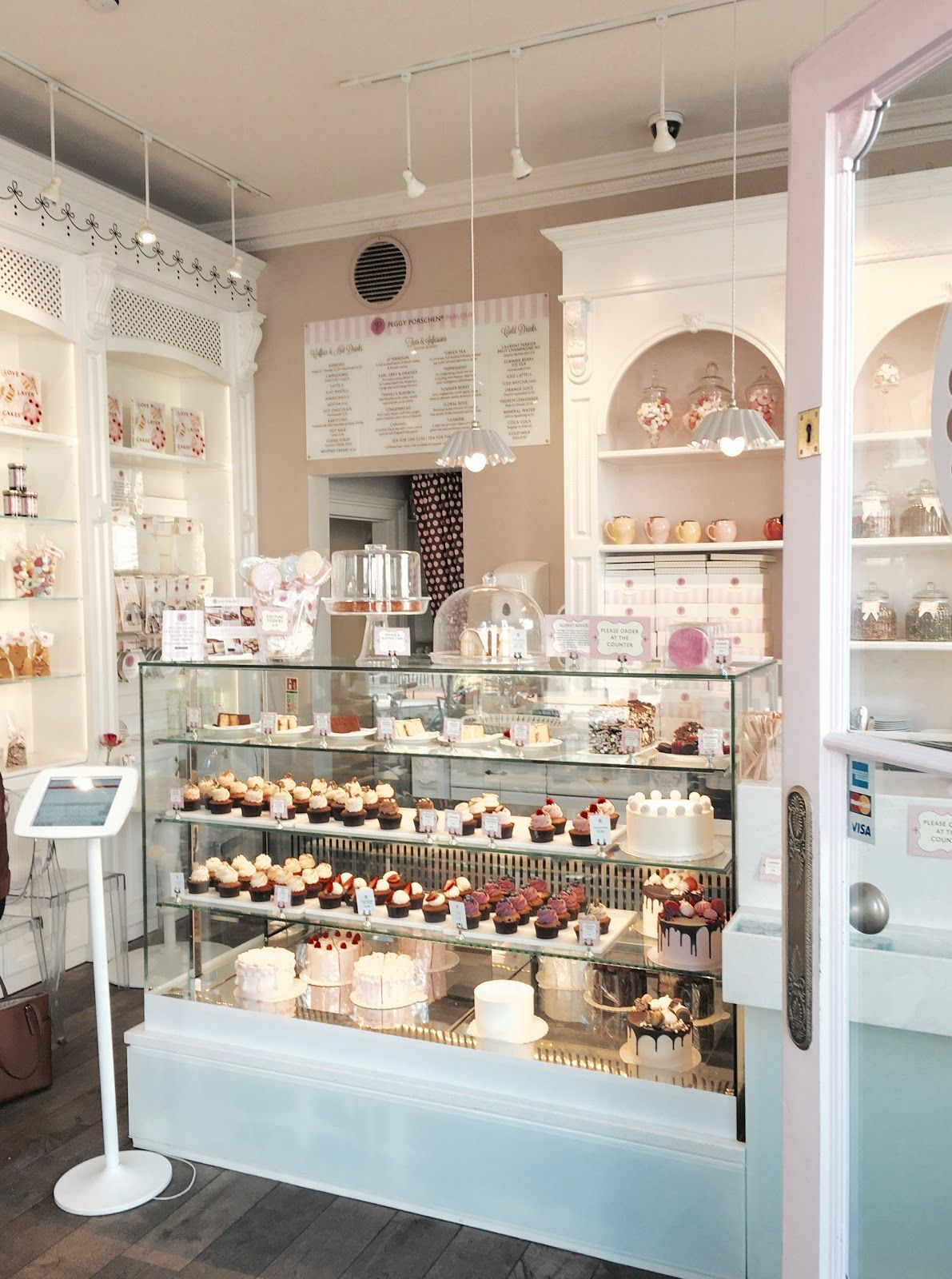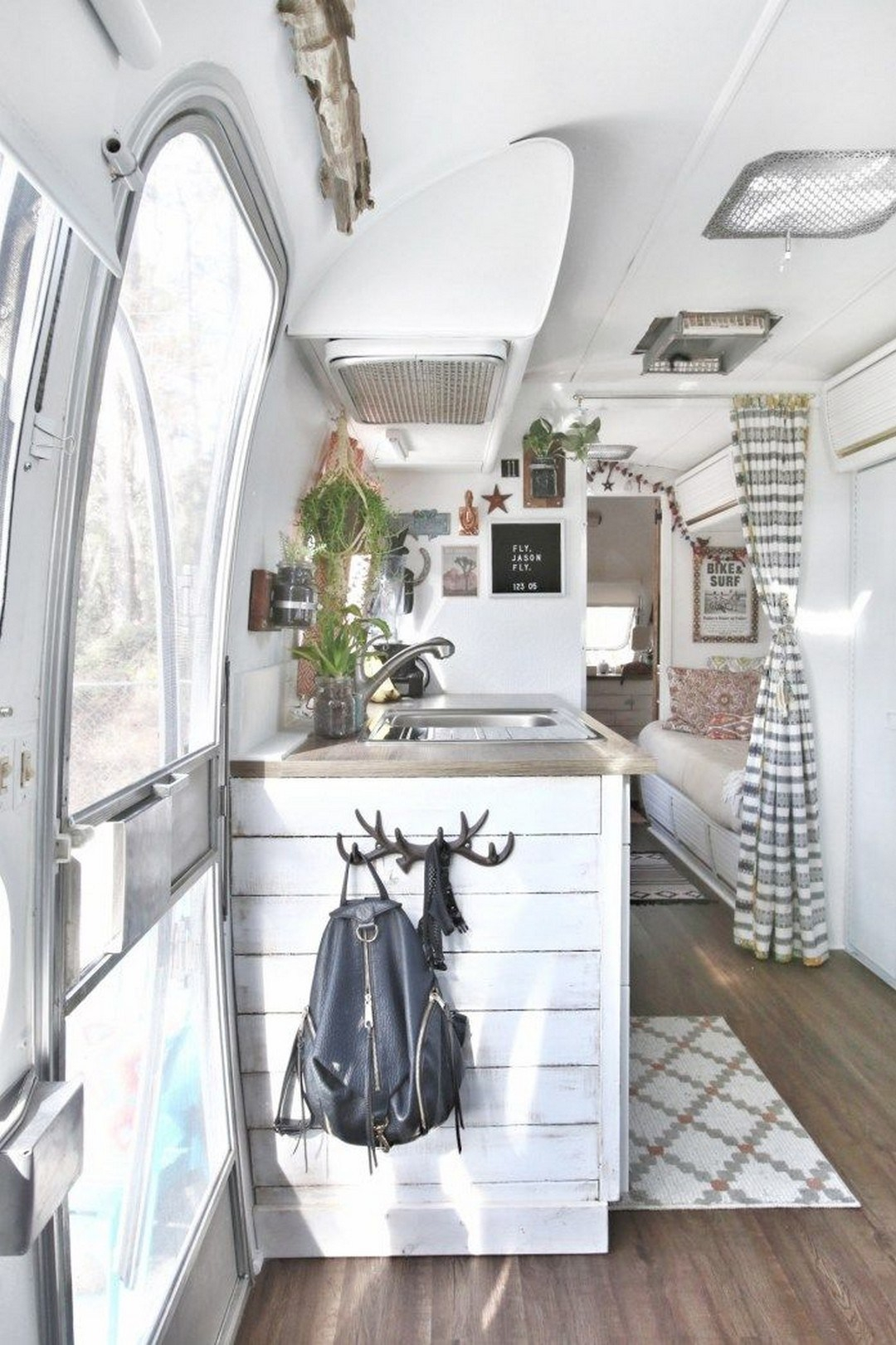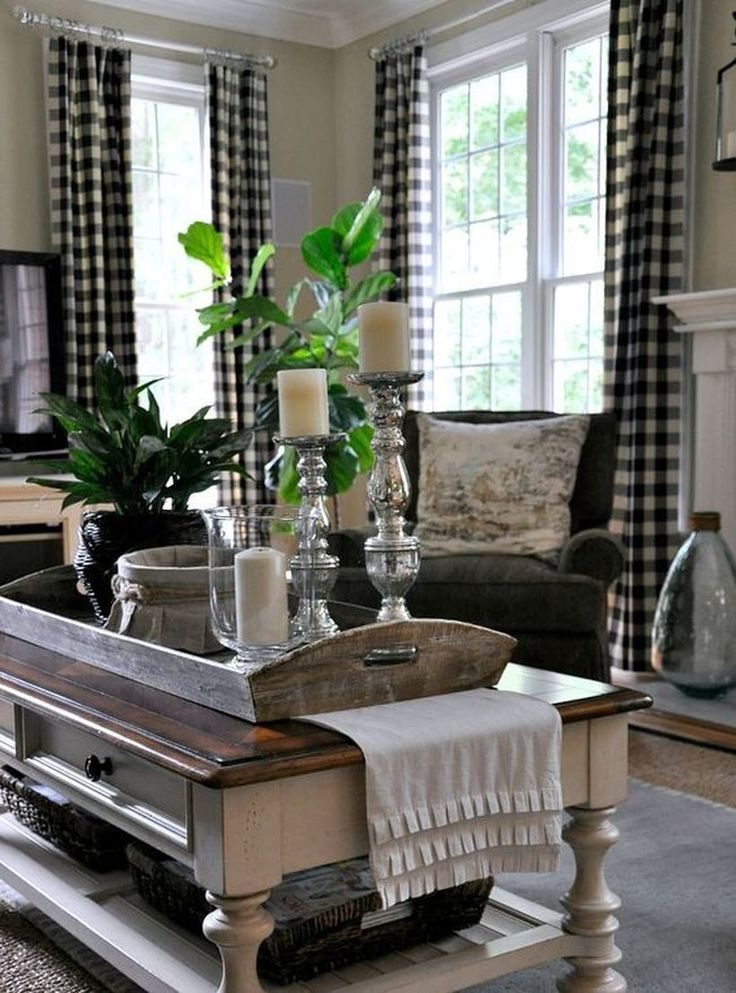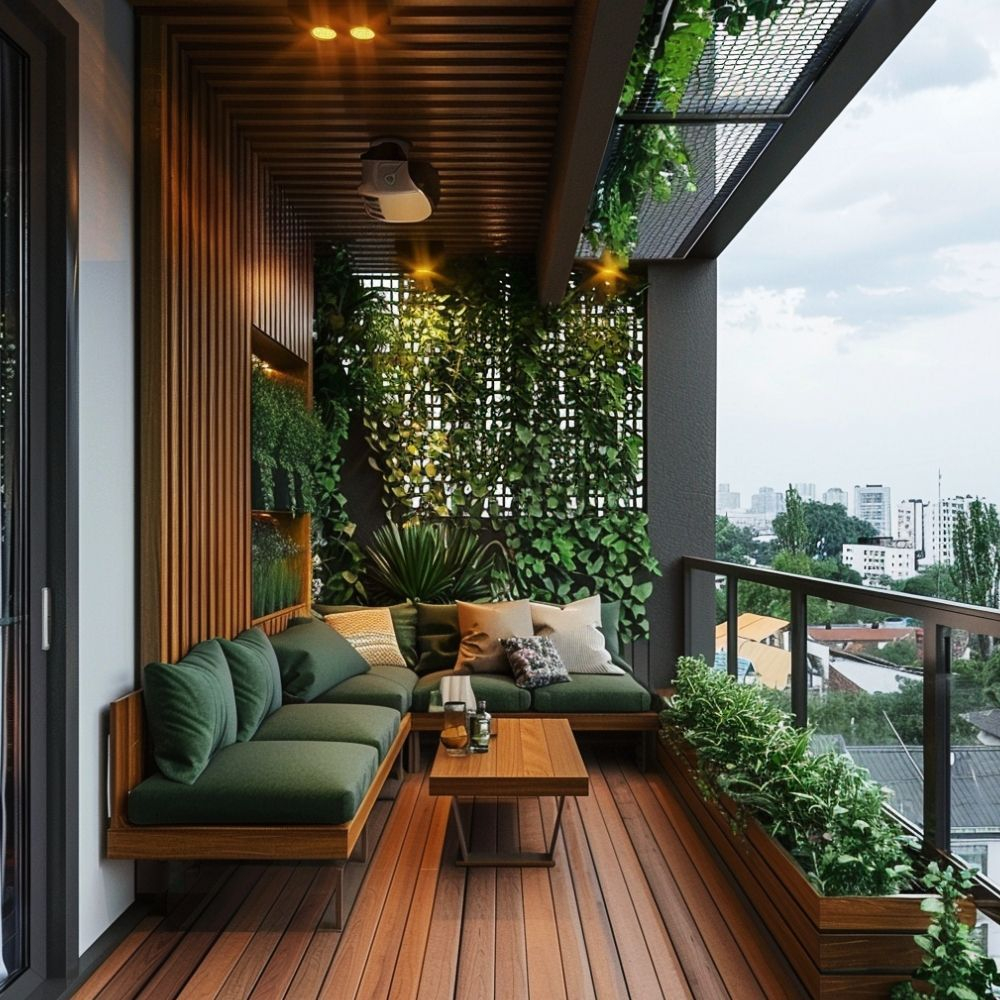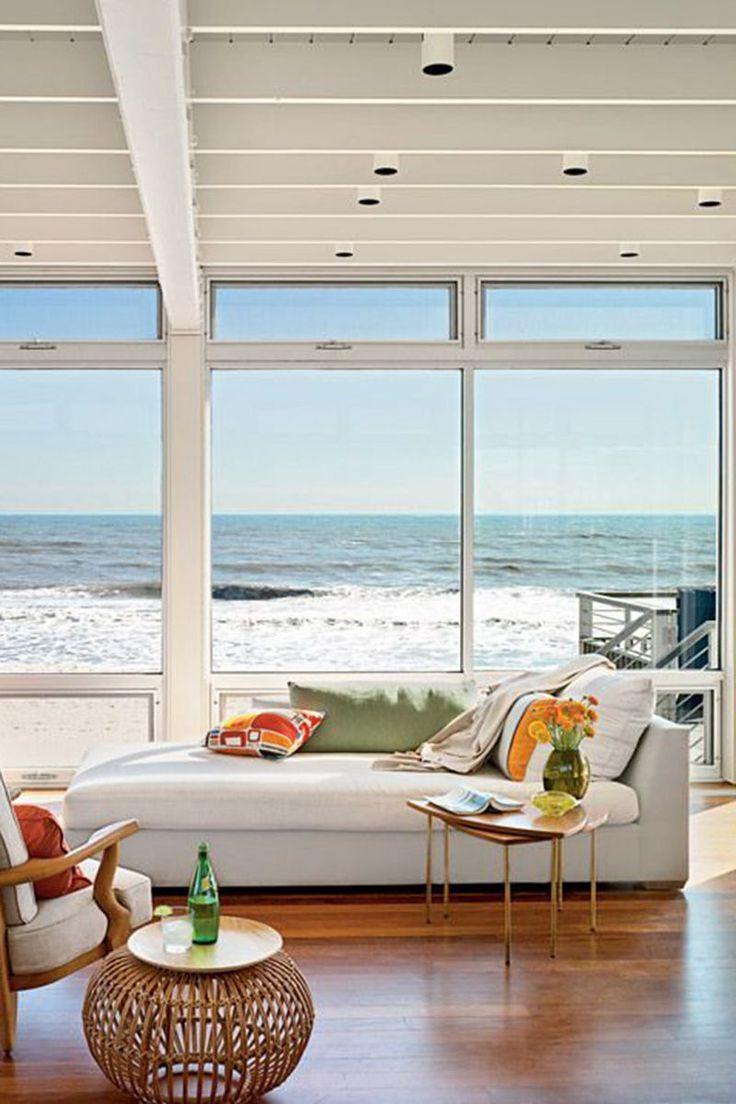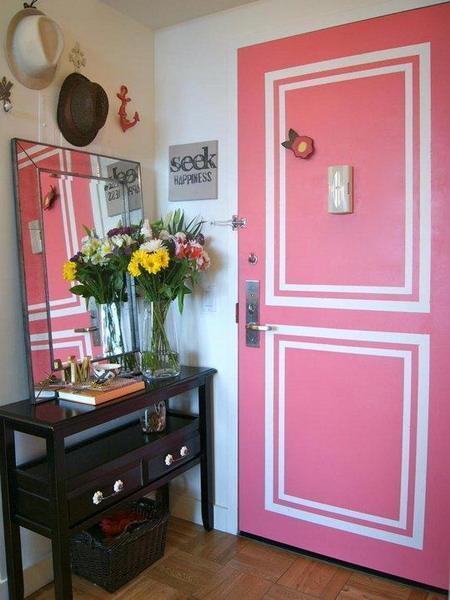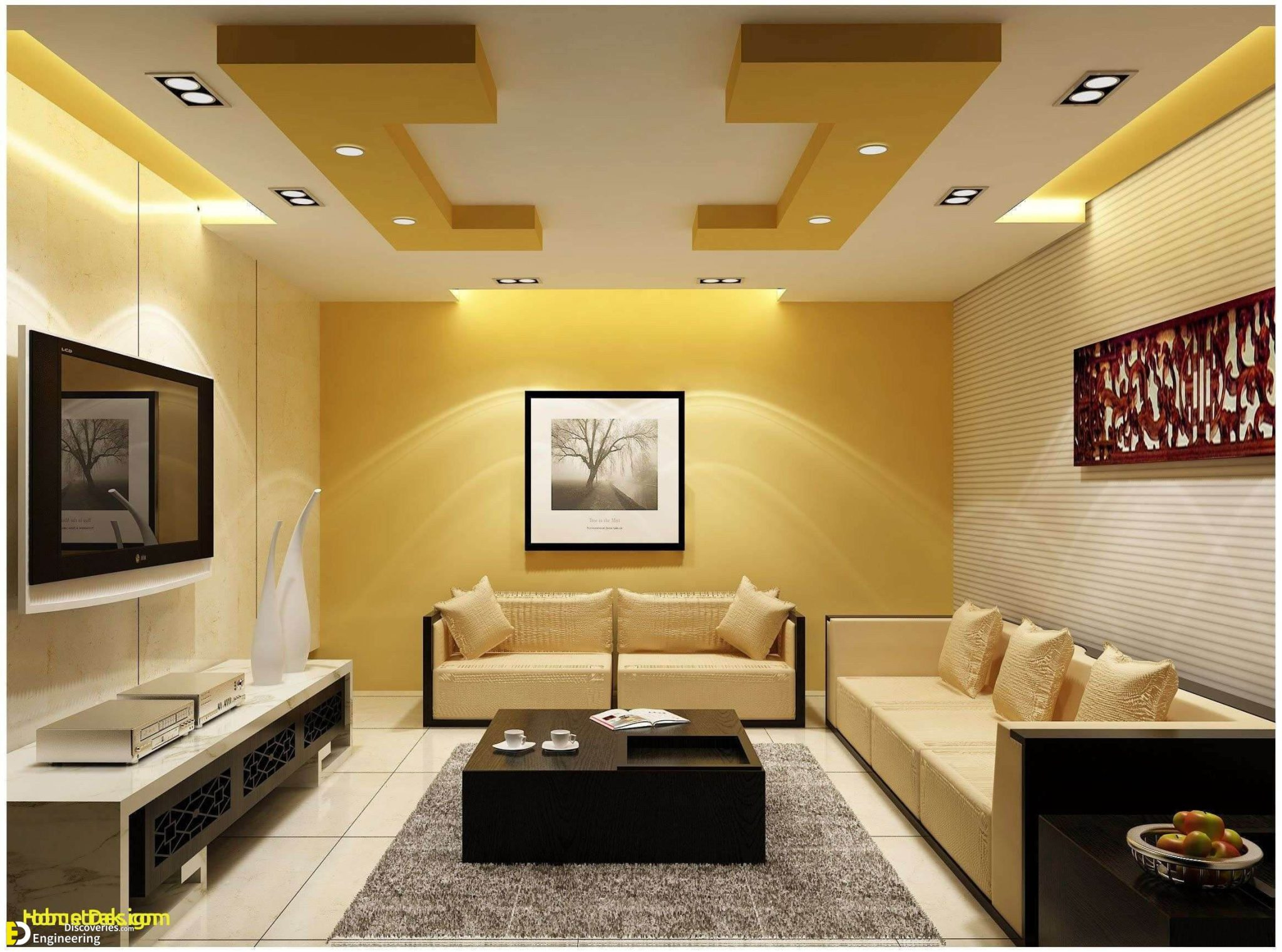Ever stepped into a car and just felt… different? Maybe it was a sense of calm, a jolt of energy, or even a feeling of being completely at ease. That’s no accident. The spaces we inhabit, especially our vehicles, have a profound impact on our minds and emotions. The interior of your car isn’t just a collection of materials and controls; it’s a carefully crafted environment designed to influence how you feel and behave behind the wheel. Let’s dive into the fascinating world of car interior psychology and uncover how design choices can truly reshape your drive.
Think about your car. It’s often the first thing you interact with in the morning and the last at night. For many, it’s a mobile office, a cozy retreat, or even a place for quiet contemplation. This intimate connection means the design of your car’s interior plays a much bigger role than simply providing comfort. It’s about creating an experience. From the colors you see to the textures you touch and the layout of the dashboard, every element is a psychological cue. Understanding these cues can help us appreciate why certain car interiors just feel right, and how designers use this knowledge to craft everything from sporty coupes to serene SUVs.
Color: Setting the Emotional Tone
Color is one of the most potent psychological tools in a designer’s arsenal. Lighter, cooler colors like blues and grays can evoke feelings of calmness and spaciousness, making a long drive feel less stressful. They can create an atmosphere of tranquility, almost like a personal haven. On the flip side, warmer colors, such as reds and oranges, are often associated with energy and excitement. You’ll often find these hues subtly incorporated into performance vehicles to enhance that sporty, dynamic feel. Even neutral tones like beige or cream can contribute to a sense of warmth and comfort. It’s fascinating how a simple shade can shift your entire perception of the cabin. Have you ever noticed how a dark interior can feel more cocooning, while a light one feels airy. It’s all by design.
Materials and Textures: The Tactile Connection
It’s not just about what you see, but what you feel. The materials used in a car’s interior significantly impact our perception of luxury, quality, and even safety. Soft-touch plastics, premium leather, and finely crafted wood or metal accents all send signals about the vehicle’s sophistication and price point. These tactile experiences can evoke feelings of indulgence and well-being. Think about the difference between a cheap, hard plastic that feels brittle and a supple leather that warms to your touch. The latter provides a sensory reward, making the driving experience feel more pleasant and refined. Even the grain of a dashboard or the weave of a fabric can contribute to this tactile dialogue, subtly influencing your mood and your appreciation for the vehicle.
Layout and Ergonomics: Navigating Your Space
The arrangement of controls, the visibility of instruments, and the overall flow of the cabin are crucial for both safety and comfort. An intuitive layout, where everything is within easy reach and clearly visible, reduces cognitive load. This means you can focus more on the road and less on fumbling for a button or trying to decipher a complex screen. Good ergonomics promote a sense of control and reduce frustration. When a driver feels in command and comfortable, their stress levels are lower, and their attention is better directed. Consider the difference between a cluttered dashboard with too many buttons and a clean, minimalist design with essential functions easily accessible. The latter often leads to a more relaxed and confident driving posture.
Lighting: Shaping Atmosphere and Focus
Interior lighting is a powerful tool for influencing mood and functionality. Ambient lighting, those soft, often colored lights found in many modern cars, can create a specific atmosphere. Blues and purples might suggest a futuristic or calming vibe, while warmer tones can feel more inviting. Beyond aesthetics, lighting plays a critical role in visibility. Clear, well-placed lighting for instruments and controls ensures that essential information is easily readable, day or night. Dim or harsh lighting, conversely, can be distracting or even create a sense of unease. Think about how the subtle glow of dashboard lights at night can make the cabin feel cozy, or how overhead lighting can make it feel more functional for reading maps or finding dropped items.
Sound and Acoustics: The Unseen Influence
While not strictly visual, the soundscape within a car’s interior is a key psychological element. The quality of the audio system, of course, is important, but so is the overall acoustic design. Good sound insulation can block out road noise, creating a quieter, more peaceful environment that reduces stress and fatigue. The subtle sounds of the car itself – the quiet hum of the engine, the click of a switch – are also part of the experience. Designers work to tune these sounds, making them feel refined and appropriate for the vehicle’s character. A car that is too loud can be irritating, while a car that is almost silent can feel luxurious and serene. It’s about creating a pleasant auditory experience that complements the visual and tactile elements.
Personalization and Identity: Making it Yours
Ultimately, the most effective car interiors are those that allow for a degree of personalization, enabling drivers to make the space their own. Whether it’s through adjustable seating, customizable ambient lighting, or the ability to arrange personal items, these touches foster a sense of ownership and comfort. When a car’s interior reflects your personality or meets your specific needs, it becomes more than just transportation; it becomes an extension of yourself. This connection can lead to a stronger emotional bond with the vehicle and a more enjoyable overall driving experience. It’s about creating a space that feels uniquely yours, a personal bubble on the go.
The next time you get into your car, take a moment to notice the details. The color of the seats, the feel of the steering wheel, the way the dashboard is laid out – these are all deliberate choices designed to influence you. Car interior psychology is a complex and fascinating field, blending art, science, and a deep understanding of human behavior. By paying attention to these elements, we can gain a greater appreciation for the thought that goes into creating the spaces we spend so much time in. And who knows, maybe it will even inspire you to think differently about your own environment, both inside and outside the car. It’s amazing how much a well-designed interior can truly transform your daily journey.

